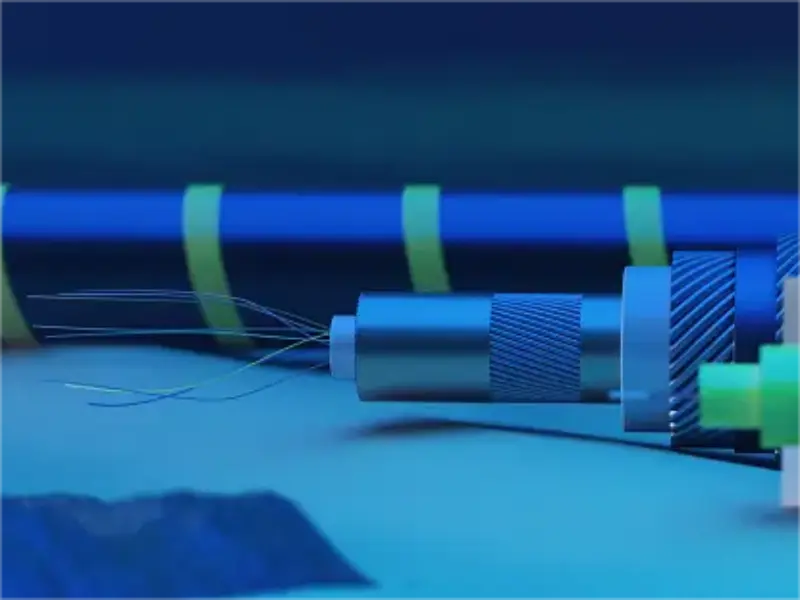- Repairs to three critical subsea cables in the Red Sea have begun after they were damaged in February, despite heightened regional conflict.
- Complex negotiations with Yemen’s divided authorities are essential for telecommunications repairs.
OUR TAKE
Repairs have begun on three critical subsea telecommunications cables in the Red Sea that have been damaged since February. The repairs, carried out by E-Marine, a subsidiary of Emirates Telecommunications Group, come amid heightened regional tensions and escalating attacks on naval vessels by Houthi militants. These cables, which are vital for the transmission of data between Asia and Europe, highlight the challenges of maintaining critical infrastructure in areas of conflict. The importance of these repairs extends beyond regional communications, and highlights the vulnerability of global data pathways to geopolitical conflict.
—Heidi Luo, BTW reporter
What happened
Repairs to three critical subsea telecommunications cables in the Red Sea have finally begun after they were damaged in February, despite ongoing conflicts and increased militant attacks in the region. The AAE-1 cable, a vital 25,000-kilometre fibre-optic link between Asia and Europe, has been successfully repaired by a vessel owned by E-Marine, a subsidiary of Emirates Telecommunications Group.
This significant development marks the restoration of vital data highways between Europe, the Middle East, India and Asia, which had been disrupted for several months due to damage caused by an anchor from a sunken cargo ship blamed on Iranian-backed Houthi militants.
The repair ship Niwa continues to work in Yemeni waters to restore the two remaining damaged cables, Seacom and EIG. Both of these cables play a key role in global telecommunications and their restoration is vital to minimise disruption to international data traffic.
Also read: What are subsea cables?
Also read: Subsea cable maps: Charting global connectivity
Why it’s important
Roderick Beck, a telecommunications consultant, emphasised the importance of the damaged Red Sea cables, describing them as “some of the biggest data highways connecting Europe, the Middle East, India and Asia.”
“The outage has forced carriers to completely reroute traffic by building new digital highways, stitching together new cables at considerable expense and working around the clock,” he said.
The ongoing repair efforts in the strategic Red Sea underscore the balance between maintaining global communications infrastructure and navigating geopolitical tensions. The region, a key global shipping lane, has been a conflict zone since late 2023, with escalating attacks by Houthi militants, which include the use of explosive-laden drone boats to target maritime vessels.
Repair operations are complicated by Yemen’s divided control, which means complex negotiations with both the internationally recognised government in the south and the Houthi-backed government in Sanaa. These negotiations are essential to secure safe passage and operational clearance for the repair crews.

